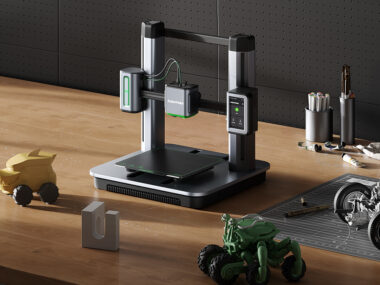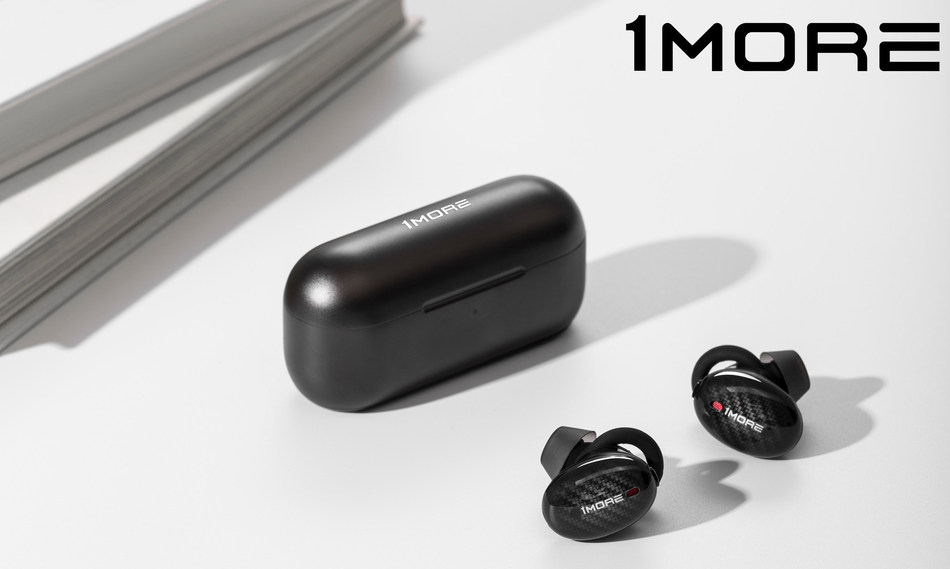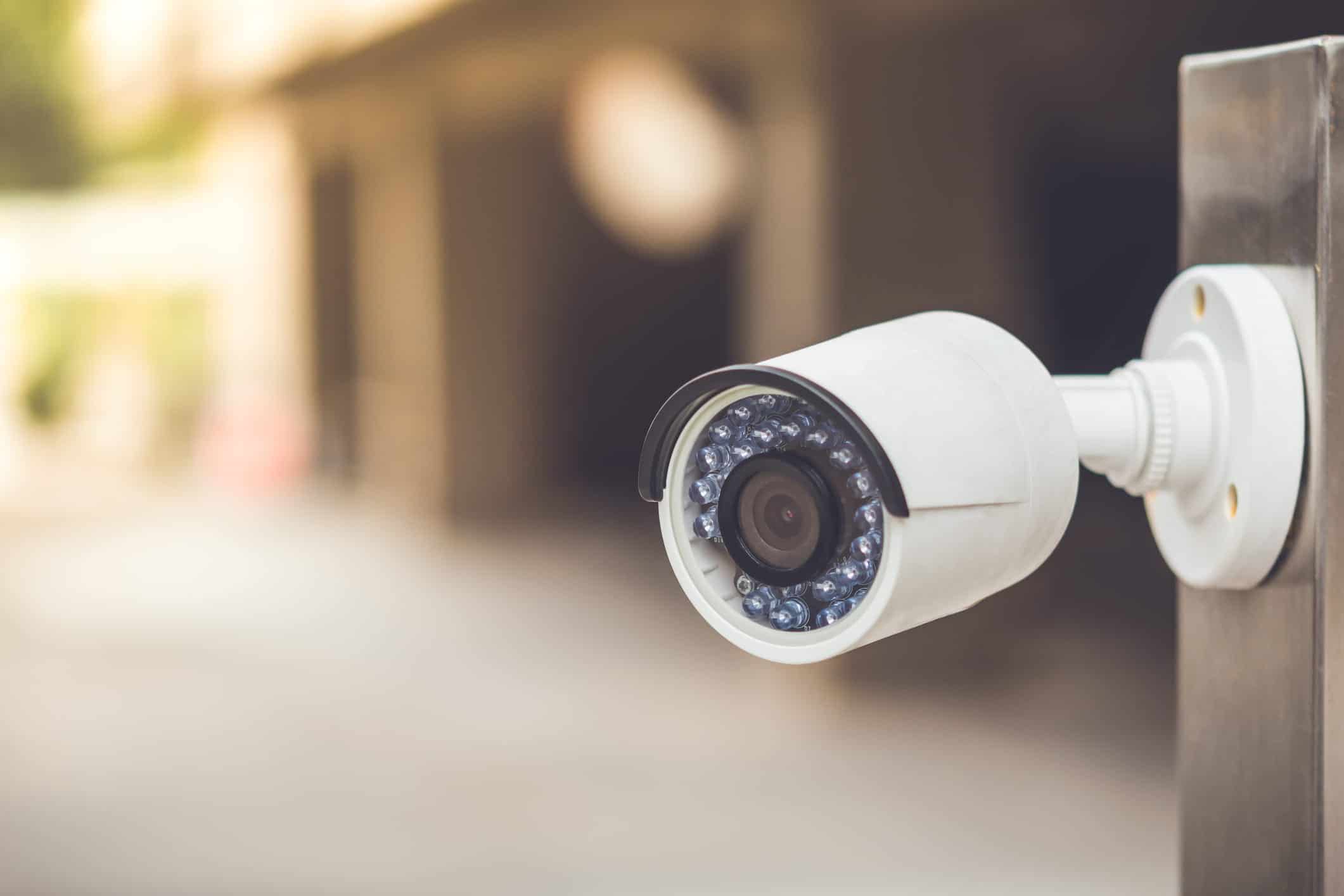If you’re in the process of setting up a home recording studio, microphone basics are a must. It’s impossible to set up an optimised recording studio without taking the time to work out exactly what type of microphone is best going to meet your recording needs.
First of all, I’m going to discuss the microphone as a transducer, and explain what that means.
Then I’ll talk about different types of microphones used to record audio for music production, focusing on the main two: dynamic microphones and condenser microphones.
Finally, I’ll look at two particular specifications of microphones – frequency response and polar patterns – which are properties of microphones that you absolutely need to understand before you buy one.
The Microphone as a Transducer
The basic function of a microphone is to be a transducer, which just means it converts one type of energy into another type of energy. It tries to do this with as little variation from the original source as possible.
So for example, if a singer belts out “Amazing Grace”, they cause sound pressure variations to travel through the air and these are converted by the microphone into voltage variations in a wire. One type of energy converted into another; sound is turned into voltage.
The thing is, the process of transduction through a microphone is never perfect. There’s always going to a bit of variation between the original source, and what it’s converted to, and that’s because the microphone itself cannot help but affect the signal.
Your microphone makes a big difference to what gets recorded.
Now, there are a lot of different microphones out there. They’re built differently, they function differently, and they meet different needs. We’re going to talk about the two main types you’re most likely to come across for recording music. One of these is going to be the best choice for your home recording studio.
Dynamic Microphones and Condenser Microphones
Dynamic microphones are stage microphones:
- they are great for live, on stage recording because they don’t pick up sound outside a fairly small area (which is why you see singers almost kissing them when they sing);
- they are built very rugged, so they travel well; and
- they do not require any external power.
Condenser microphones on the other hand, are studio microphones:
- they’re not at all rugged, in fact they’re very sensitive, which is why they are not generally used on stage for live recording (they too easily pick up sound from speakers and can cause feedback);
- they need external power or phantom power, to run; and
- they pick up audio very accurately.
What is the Best Type of Home Recording Studio Microphone?
Large diaphragm condenser microphones are recommended for home studios, mainly because they pick up audio very, very accurately.
The reason that condenser mics pick up audio really accurately and transparently, is because of their frequency response, which is what we’re going to talk about now.
Frequency Response
Microphones are designed with different purposes in mind, and when you buy one you should always look at its frequency response (FR) chart. It shows the frequencies that the microphone is designed to pick up well, and those that it rejects.
Dynamic microphones are often used for recording vocals, so they’re designed to make the most of the frequencies of the human voice. Many popular dynamic microphones have a peak around 5000 Herz, which helps the voice sound really good on recordings, but it probably isn’t what you want if you’re recording drums or a bass guitar.
Remember to check out the FR chart for any microphone you’re considering buying, as it’s important to choose a microphone with a FR that’s closely suited to your needs.
Polar Patterns
Another thing to be aware of is the polar pattern of your microphone. The polar pattern describes the area around the microphone that it picks up really well, and what it rejects. It’s represented in diagram form, where the shape around the microphone indicates whether it just picks up audio from the front, or the front and sides, or all the way around.
A dynamic microphone on stage is designed to just pick up sound from the front, right where the singer’s mouth is, and not anything that’s blasting out of surrounding speakers. On the other hand, an omnidirectional microphone will pick up all the way around the microphone equally well.
Some condenser microphones also have a built-in switch, where you are able to change the polar pattern of the microphone. As you change polar pattern on a condenser mic by switching between settings, you also change the frequency response (the two aspects are interrelated), so be aware of that too.
Conclusion
I hope you’ve enjoyed this introduction to microphone basics. We’ve covered a lot – looking at the microphone as a transducer, discussing the differences between dynamic and condenser microphones, and getting an overview of frequency response and polar patterns.
Take your time and do your research when buying a microphone, as there’s a lot consider. Note that condenser microphones are generally better for home studios, and can make as much difference as the type of music production software you use to produce your music.
Good luck with your music and your recording. I hope I’ve made the process of choosing a microphone for your home studio a little easier.











